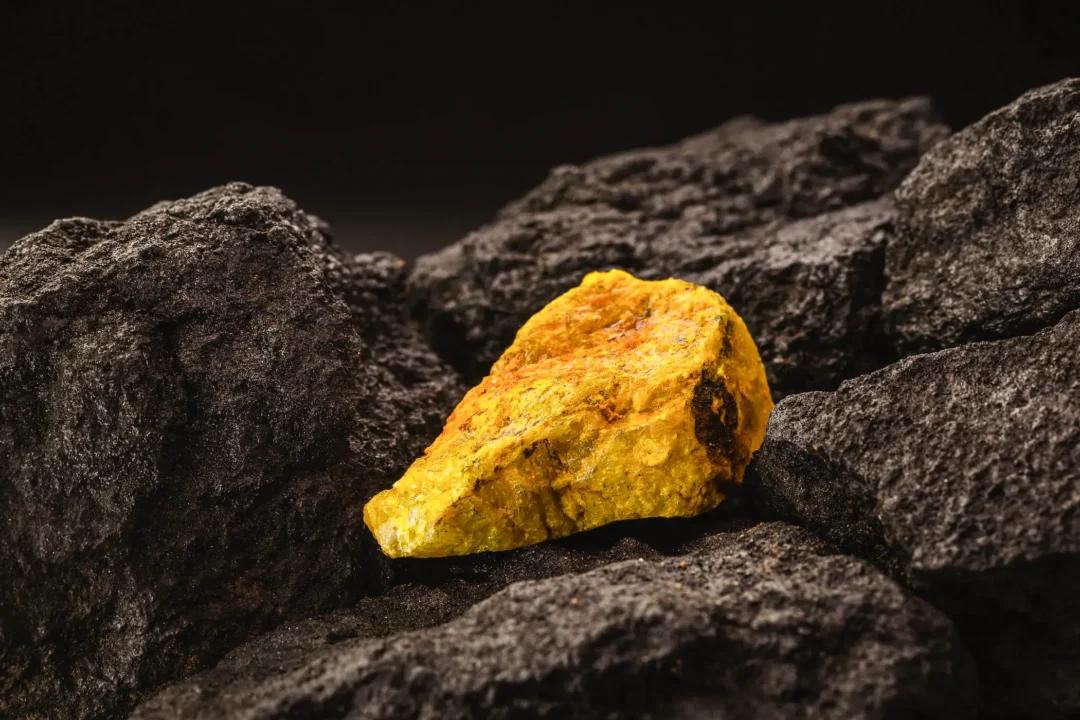Since the Senate unanimously passed the Prohibiting Russian Uranium Imports Act and President Joe Biden signed it into law in May, at least five shuttered uranium mines across four U.S. states have been reactivated in response to accelerating global demand for nuclear-powered electricity.
The latest reopening was Uranium Energy Corp. (UEC), which announced on Aug. 13 it has resumed production at its Christensen Ranch in-situ recovery operation in Wyoming’s Powder River Basin, with plans to begin shipping yellowcake—milled uranium oxide—from its nearby Irigaray Central Processing Plant by December.





